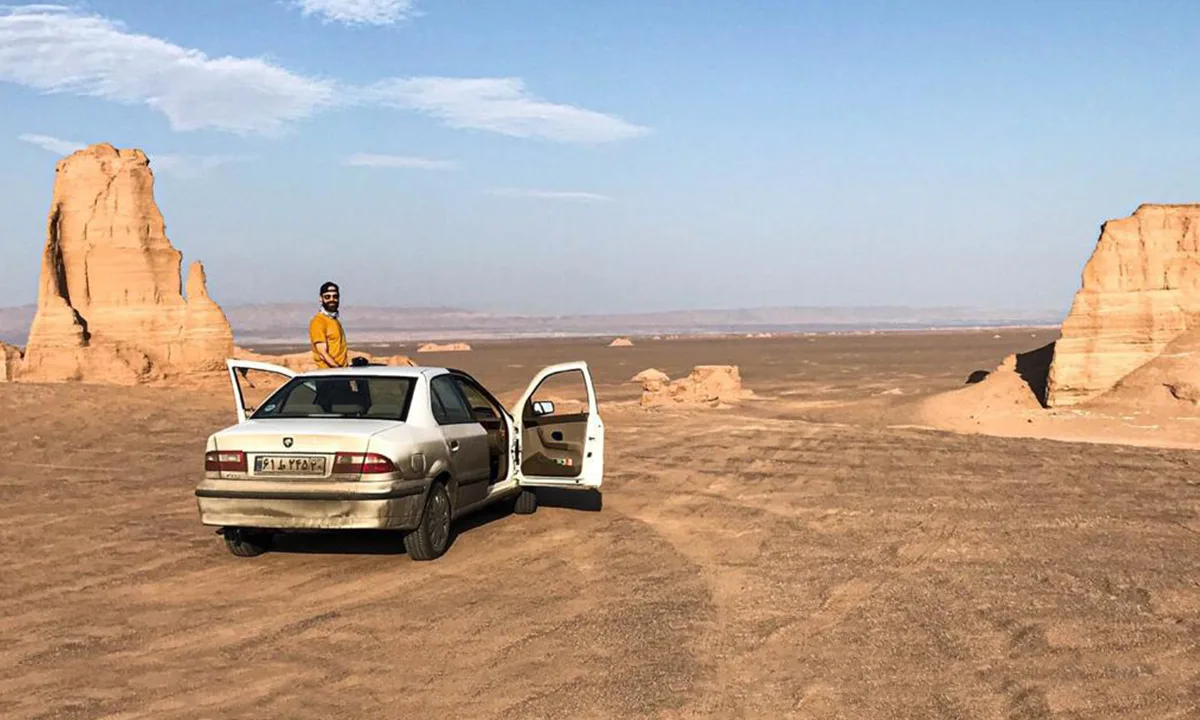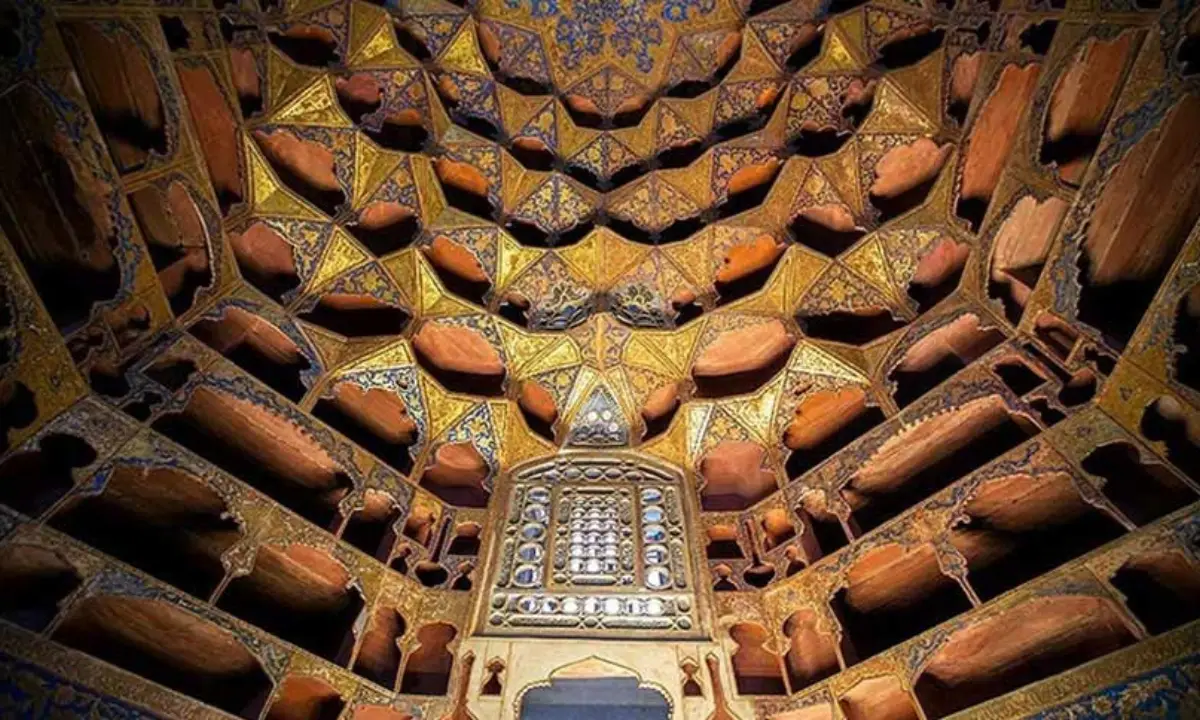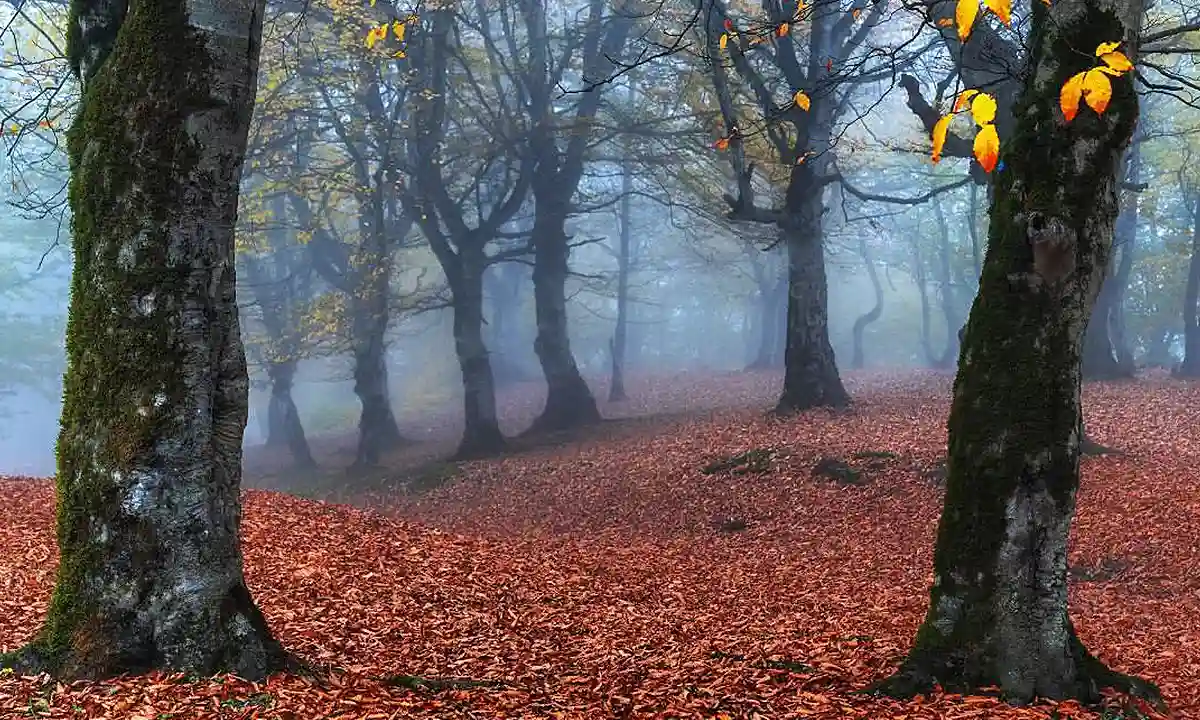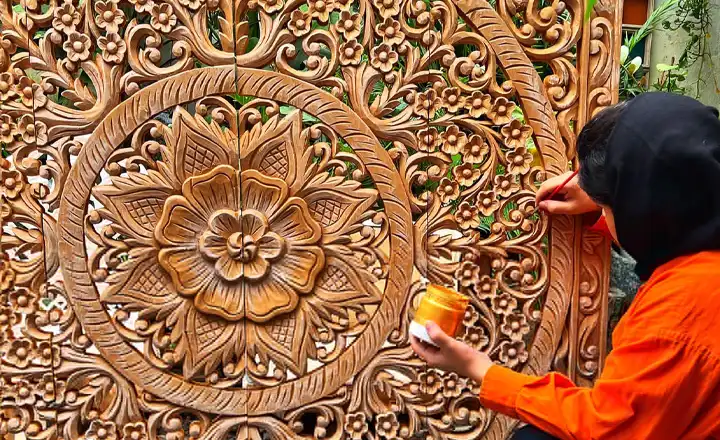Iran's Top Islands for Visiting
![]() Author : Alirezaa | Date : Sunday 27 July 2025 10:14
Author : Alirezaa | Date : Sunday 27 July 2025 10:14
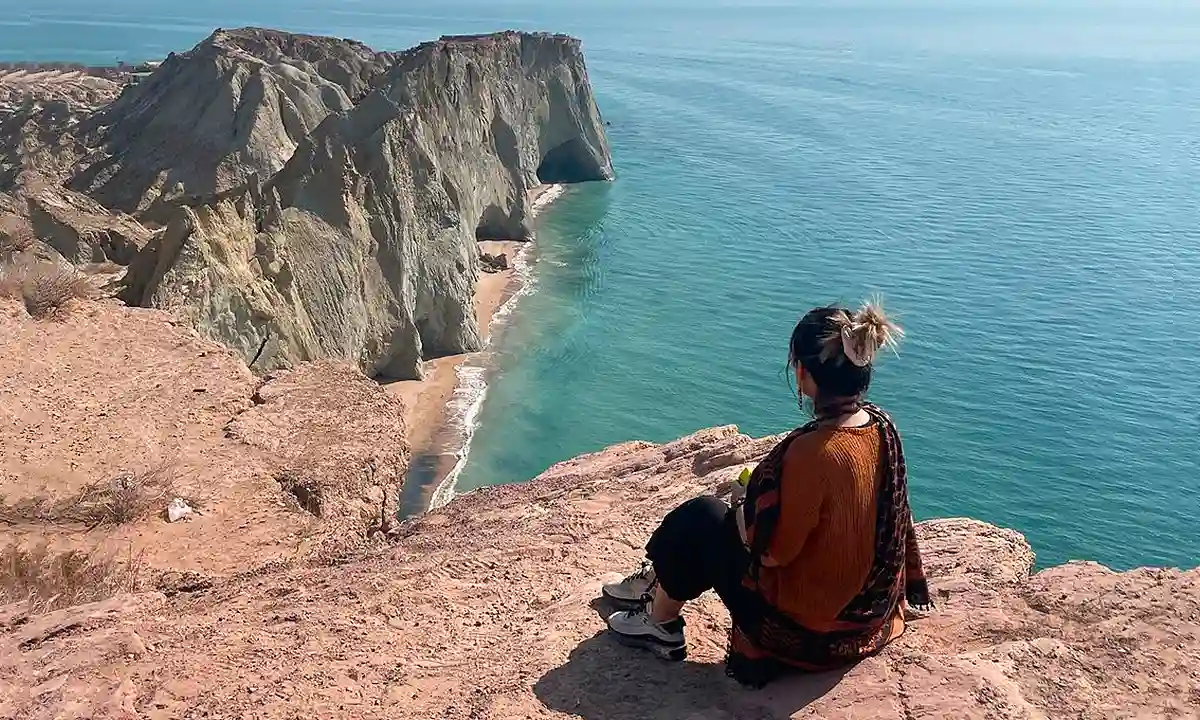
Iran's southern islands, set in the Persian Gulf, are jewels of geographical and cultural diversity, attracting tourists, researchers, and history buffs alike. These islands offer a unique blend of stunning natural landscapes, rich historical narratives, and vibrant ecosystems. The Persian Gulf itself, historically significant and ecologically vital, has been a crossroads of civilizations and a crucial maritime route for centuries. Its islands not only contribute to Iran's rich heritage but also play a key role in environmental conservation, making them a captivating destination for exploration and discovery. In this guide, we'll explore the attractions, locations, the best time to visit and unique qualities of these islands, providing a practical overview for anyone looking to discover their beauty and significance.
What Are the Top 3 Islands in Iran to Visit?
- Kish Island
- Qeshm Island
- Hormuz Island
Kish Island: A Resort Paradise
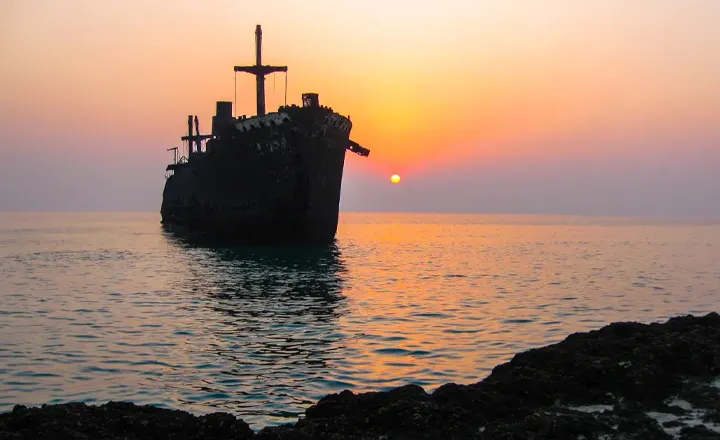
Kish Island emerges as a resort paradise within the Persian Gulf, celebrated for its mild climate and scenic beauty that makes it a year-round destination. Characterized by crystal-clear waters, this island boasts an array of attractions, including pristine beaches that stretch along its coastline, modern shopping centers offering a tax-free shopping experience, and the ancient ruins of the city of Harireh, which whisper tales of the island's rich history. Visitors can indulge in a variety of activities, from snorkeling and scuba diving in the vibrant coral reefs to exploring the Dolphin Park, where interactions with dolphins and sea lions are a delight. Over the years, Kish has seen significant development in its tourism infrastructure, with state-of-the-art hotels, resorts, and recreational facilities making it an accessible and attractive destination for tourists seeking both relaxation and adventure.
Kish Island: How To Get There
- By Air: Kish International Airport offers direct flights from major Iranian cities and select destinations in the Middle East.
- By Sea: Regular ferry services connect Kish with the mainland at Bandar Abbas and other Gulf ports.
Qeshm Island: Nature's Marvel
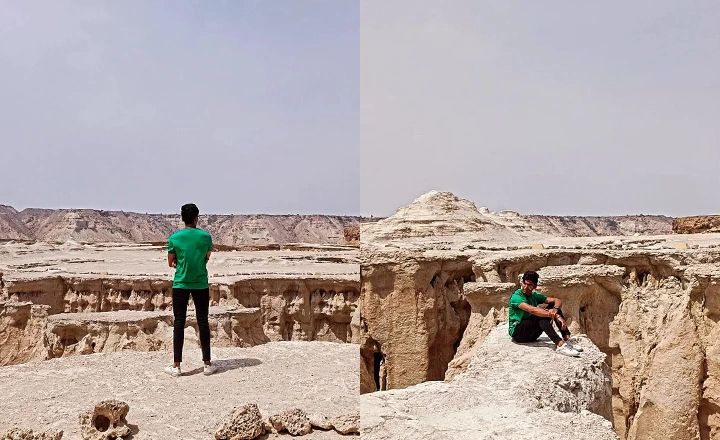
Qeshm Island stands as nature's marvel in the Persian Gulf, distinguished by its size as Iran's largest island and a treasure trove of natural and cultural wonders. Its diverse geographical features include the Hara marine forests, a unique ecosystem of mangroves, and the Qeshm Island Geopark, which showcases spectacular rock formations and geological diversity. This island is also a bastion of cultural heritage, where traditional music, clothing, and crafts offer a glimpse into the enduring lifestyle and creativity of its inhabitants.
Among Qeshm's attractions, the Valley of Stars captivates visitors with its otherworldly landscape of towering spires and canyons, believed to have been formed by meteorite impacts. Chahkooh Canyon offers an equally stunning experience with its imposing rock walls and narrow passages. The island's rich wildlife, including turtles and dolphins, enhances its appeal for nature lovers and adds to the biodiversity that Qeshm fiercely protects.
Qeshm underscores the importance of geo-tourism and eco-tourism, promoting sustainable travel experiences that preserve its natural and cultural assets. By engaging visitors in the beauty and fragility of its environment, Qeshm Island plays a crucial role in conservation efforts and educates tourists on the significance of protecting such irreplaceable global treasures.
Qeshm Island: How To Get There
- By Air: Qeshm Island is served by Qeshm International Airport, with flights from Tehran, Shiraz, and other major cities.
- By Sea: Ferries and speedboats operate from Bandar Abbas and Bandar-e Pol, offering a scenic approach to the island.
✔️Read More : The Natural Beauties of Qeshm Island
Hormuz Island: The Colorful Gem
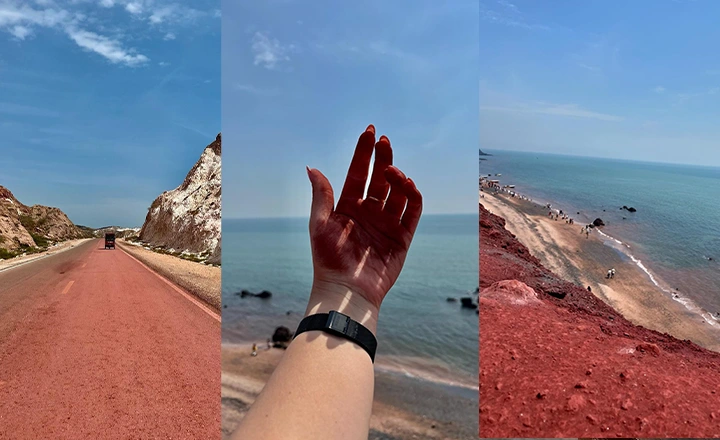
Hormuz Island, often referred to as the "Colorful Gem" of the Persian Gulf, captivates visitors with its unique geological formations and the mesmerizing Rainbow Valley, where multicolored soils paint the landscape in hues of red, orange, yellow, and more. This small island is a palette of natural beauty, offering sights that seem almost otherworldly. Beyond its visual splendor, Hormuz holds deep historical and cultural significance, with ancient sites that tell the tales of its strategic importance through the ages.
The island's culture is vividly reflected in its local art and handicrafts. Artisans use the island's colorful soil and natural resources to create pottery, paintings, and textiles, infusing their work with the essence of Hormuz's vibrant landscape. This creativity not only showcases the island's rich palette but also supports the local economy and keeps traditional crafts alive.
However, Hormuz Island faces environmental concerns, with its unique landscapes threatened by pollution and over-tourism. In response, there are growing conservation efforts aimed at protecting its natural beauty and ecological balance. These initiatives seek to educate visitors on the importance of sustainable tourism practices and the role each individual plays in preserving this irreplaceable gem for future generations. Through such efforts, Hormuz Island continues to shine brightly, a testament to nature's artistry and the resilience of its community.
Hormuz Island: How To Get There
- By Sea: There are no airports in Hormuz, making boat travel the primary means of access. Regular ferry services from Bandar Abbas and Qeshm Island are available.
Abu Musa and the Tunbs: Strategic Crossroads
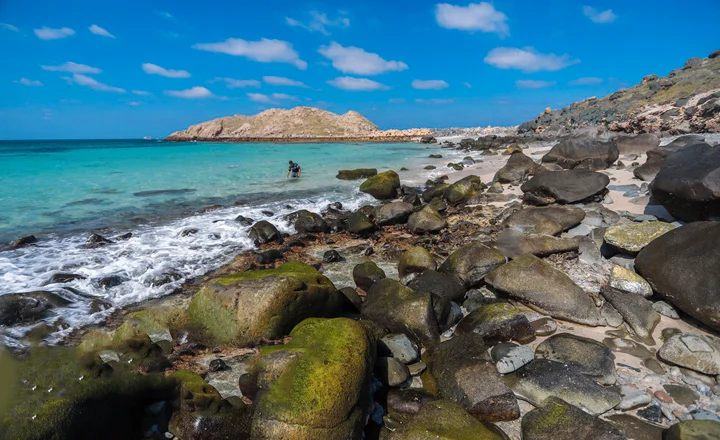
Abu Musa and the Tunbs, a group of islands in the Persian Gulf, sit at a strategic crossroads that has shaped their history and current significance. These islands have been the subject of geopolitical interest and disputes due to their strategic location near important shipping lanes, making their control pivotal to regional power dynamics. Historically, they have been inhabited and claimed by various regional powers, reflecting their importance in the Persian Gulf's complex political landscape.
Despite the geopolitical tensions, Abu Musa and the Tunbs boast remarkable natural beauty and an almost untouched environment. Their pristine beaches, clear waters, and rich marine life make them hidden gems in the Gulf, largely undisturbed by the rapid development seen in other parts of the region. This untouched nature offers a sanctuary for biodiversity and a peaceful retreat away from the bustling cities.
The strategic geopolitical importance of these islands cannot be overstated. Positioned at the mouth of the Strait of Hormuz, one of the world's most crucial chokepoints for oil transit, control over these islands offers significant strategic advantages, including oversight over maritime traffic and potential influence over global energy markets.
However, the islands face challenges and opportunities for development. The delicate balance between maintaining their natural beauty and ecological integrity, and the push for development, poses a significant challenge. There's potential for eco-friendly tourism and sustainable development projects that could provide economic benefits while preserving the environment. Navigating these challenges requires thoughtful planning and international cooperation to ensure that development is sustainable and benefits both the local populations and the broader region, all while respecting the islands' strategic significance and delicate ecosystems.
Abu Musa and the Tunbs: How To Get There
- By Air: Abu Musa has a small airport with limited flights, primarily from Dubai and Tehran.
- By Sea: Boat services from Sharjah (UAE) and Bandar Abbas (Iran) provide access, though schedules can vary.
Lavan Island: An Emerging Destination
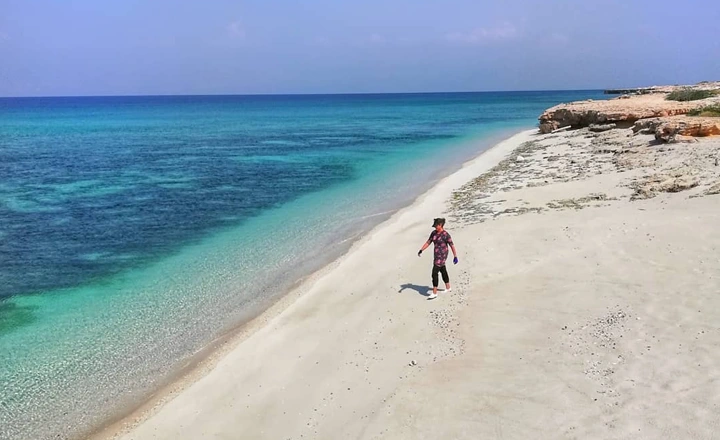
Lavan Island, an emerging destination in the Persian Gulf, is distinguished by its significant natural resources and economic importance, primarily due to its oil reserves. The presence of these reserves has long underpinned the island's economy, drawing attention to its strategic value. Beyond its oil, Lavan Island is gaining recognition for its natural beauty, featuring pristine beaches that offer serene landscapes and clear waters ideal for various water sports, including snorkeling, diving, and jet skiing.
The untouched nature of Lavan's beaches, combined with its rich marine biodiversity, positions the island as a promising spot for eco-tourism and adventure travel. The potential for growth in tourism and the hospitality industries is significant, with opportunities to develop eco-friendly resorts, recreational activities, and cultural experiences that showcase the island's heritage and natural wonders. As Lavan Island continues to open up to the world, its blend of natural resources, economic significance, and tourism potential makes it a unique destination with much to offer both domestic and international visitors. The challenge lies in balancing development with conservation, ensuring that Lavan's economic growth does not come at the expense of its environmental integrity.
Lavan Island: How To Get There
- By Air: Lavan Island can be reached by flights from Tehran and Shiraz to its domestic airport.
- By Sea: Although less common, private boats and charters can be arranged from nearby ports.
Best Time of Year to Visit These Islands
The best time to visit Iran's southern islands generally falls during the cooler months, from October to April, when the weather is more temperate and conducive to outdoor activities and exploration. Here's a more detailed breakdown tailored to each island, factoring in climate variations and specific local attractions:
✔️Read More : When is the best time to visit Iran? | 2024 update
Kish Island
- Optimal Visit Time: October to March. During these months, the weather is pleasantly cool, perfect for beach activities, shopping, and exploring the island's attractions without the intense heat of summer.
- Key Events: Look out for the Kish International Film Festival usually held in November and various cultural events celebrating Norouz (Persian New Year) in March.
Qeshm Island
- Optimal Visit Time: November to February. This period avoids the extreme summer temperatures and humidity, making outdoor adventures like hiking in the geo-park or visiting the Hara forests more enjoyable.
- Key Events: The Qeshm Island Cultural Festival in late December or early January showcases local music, dance, and traditions.
Hormuz Island
- Optimal Visit Time: November to March. The cooler months highlight the island's scenic beauty, making it ideal for trekking through the Rainbow Valley and visiting historical sites.
- Key Events: The Hormuz Art and Culture Festival, occurring around January, features local art, handicrafts, and music performances.
Abu Musa and the Tunbs
- Optimal Visit Time: October to April. The weather is milder, suitable for exploring the natural landscapes, and beaches, and engaging in water sports.
- Key Events: These islands have a quieter event calendar, but the cooler months are perfect for experiencing the serene environment and rich marine life.
Lavan Island
- Optimal Visit Time: October to April, similar to the other islands, with comfortable temperatures for exploring the island's natural and historical sites.
- Key Events: Lavan is more focused on its natural resources and less on tourism, so there are fewer cultural events compared to other islands. However, visiting Norouz offers a unique glimpse into local celebrations.
When planning a visit, consider these timelines to experience the best weather and vibrant cultural events. Each island has its own charm and optimum visiting times, ensuring travelers can enjoy their natural beauty, cultural richness, and recreational activities to the fullest.
Last Word
Iran's southern islands offer a unique fusion of breathtaking natural landscapes, profound historical depth, and vibrant cultural diversity, making them an enchanting destination for travelers of all interests. The imperative to preserve these irreplaceable treasures for future generations is clear, underscoring the need for sustainable practices that protect their beauty and heritage. We call on visitors and stakeholders alike to engage in responsible tourism and support conservation efforts, ensuring that the wonders of these islands remain intact and accessible for years to come. Through mindful exploration and commitment to sustainability, we can all contribute to the enduring legacy of Iran's southern gems.
Frequently Asked Questions About Iran's Islands
Explore the top islands in Iran, including Kish, Qeshm, and Hormuz, and get answers to common travel queries.
What makes Hormuz Island unique in Iran?
Hormuz Island is famous for its colorful landscapes, including red, orange, and yellow soils in the Rainbow Valley. It offers unique natural beauty, vibrant local art, and historical significance.
What are the best islands to visit in Iran?
The top islands to visit in Iran are Kish Island, Qeshm Island, and Hormuz Island, each offering distinct natural beauty and cultural experiences.
How do I get to Hormuz Island?
You can reach Hormuz Island by boat, with regular ferry services operating from Bandar Abbas and Qeshm Island. There are no airports on the island.
What is the best time to visit Kish Island?
The optimal time to visit Kish Island is from October to March when the weather is cool and perfect for outdoor activities like beach sports and shopping.
What activities can I enjoy on Qeshm Island?
On Qeshm Island, visitors can explore the Valley of Stars, Chahkooh Canyon, Hara marine forests, and the Qeshm Island Geopark, which showcases unique geological formations and rich wildlife.
Why is Hormuz Island called the "Colorful Gem"?
Hormuz Island is referred to as the "Colorful Gem" due to its vibrant landscapes, particularly the Rainbow Valley, where multicolored soils create a striking visual effect.
What is the cultural significance of Hormuz Island?
Hormuz Island holds deep cultural significance, with local art and handicrafts reflecting the island's colorful landscape. Artisans create pottery, paintings, and textiles using the island's natural resources.
How do I get to Qeshm Island?
Qeshm Island can be accessed by air via Qeshm International Airport or by sea from Bandar Abbas and Bandar-e Pol through regular ferry services.
What is the best time to visit Hormuz Island?
The best time to visit Hormuz Island is from November to March, when the cooler weather makes exploring the Rainbow Valley and historical sites more enjoyable.
How is the geopolitical significance of Abu Musa and the Tunbs islands?
Abu Musa and the Tunbs islands are strategically located at the mouth of the Strait of Hormuz, a critical shipping route. These islands have been the subject of geopolitical disputes due to their strategic value in controlling maritime traffic.
What can I do on Lavan Island?
Lavan Island is known for its natural resources, particularly oil, and offers pristine beaches perfect for water sports like snorkeling, diving, and jet skiing. It also has an emerging tourism sector.
What are the best times to visit Iran’s southern islands?
The best times to visit Iran’s southern islands are from October to April when the weather is cooler, making it ideal for outdoor activities, exploring, and enjoying cultural events.


